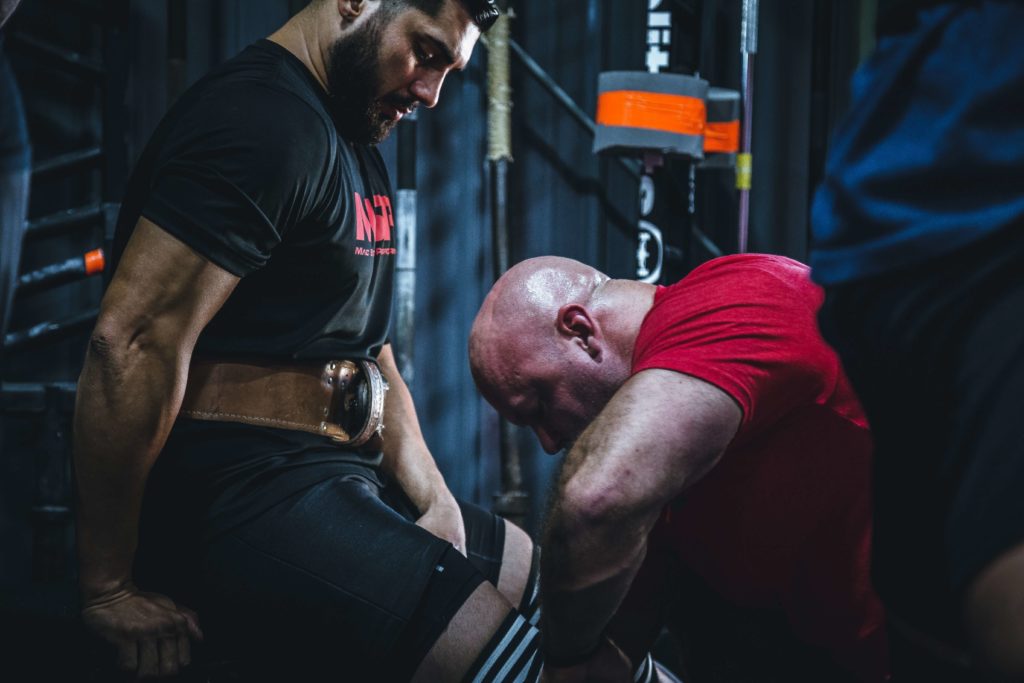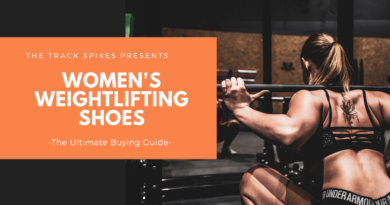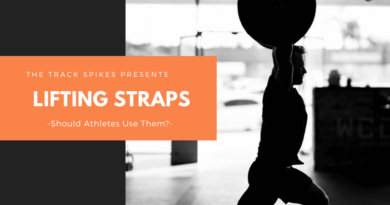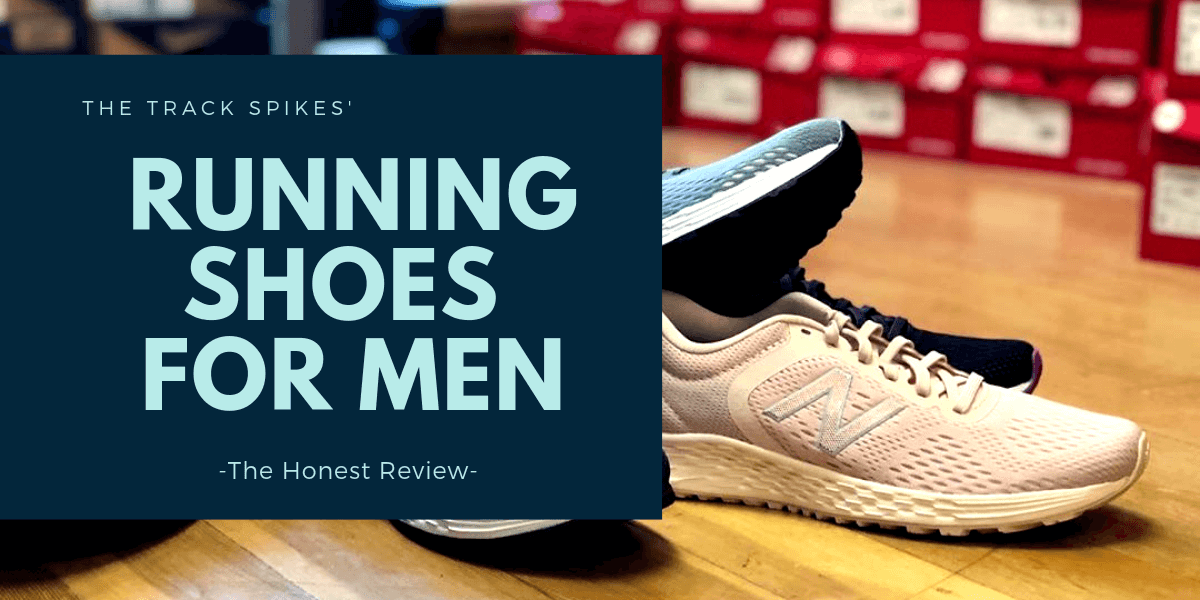Should You Use a Weightlifting Belt While Training?
Weightlifting belts have been a prized possession in the gym for a long time. Even Ronnie Coleman would keep his weightlifting belt on the entire time while training. While they do provide great benefits, you have to remember that a belt will not help you if you don’t have a strong technical foundation in the lifts you are performing. In this blog post, we will cover several topics surrounding weightlifting belts, especially if you should own a pair or not.

The Science Behind Using A Weightlifting Belt
There have been several studies conducted debating this common question: are these types of belts necessary? It all starts with IAP. The Royal’s Children’s Hospital defines Intra-abdominal pressure (IAP) as “the pressure within the abdominal cavity”. A study conducted at Auburn University found that lifting belts aid users by increasing IAP in squats. Additionally, there was another study that found that they also help with deadlifts. To quantify the benefits, IPA is increased 15% for deadlifts, and 40% for squats. This all leads to less stress on your back, resulting in a more stable and stronger position while performing your lifts.
While increasing intra-abdominal pressure can battle the stress you place on your spine when lifting heavy, it also has caused blood pressure to quickly rise while lifting. Therefore, if you have some sort of blood pressure issue, using a weightlifting belt might not be for you.
Different Types of Weightlifting Belts
There are several different types of weightlifting belts. Overall, if you want to find the right one for you, you have to have your goal clear in your mind. We talked about goal setting in our Best Weightlifting Shoes to Improve Your Lifts blog post. Once you have that goal set, you can look at the following bullets to determine which one is best for you:
Lightweight Lifting Belt
These belts give you the stability you need while also providing a flexible and comfortable feel. The velcro straps make it easy to take these on and off. We would recommend these belts for people who need more mobility while lifting. Therefore, track & field throwers, Crossfitters, and Olympic lifters should all use these belts.
If you are moving around a lot in your lifts, we would recommend using the Harbinger Extra-Light Foam Weightlifting Belt.
Powerlifting Belt
Powerlifting belts are extremely thick and sturdy. Their purpose is to help powerlifters hit new personal records in competitions. They allow athletes to brace against the belt and use it as leverage to complete lifts. These lifting belts should be used when performing powerlifting movements like the back squat or deadlift.
If you are a powerlifter, we would recommend using the RDX Powerlifting Belt.
Powerlifting & Lightweight Lifting Belt
The Dark Iron Pro Weighlifting Belt offers the perfect balance between having a thick and sturdy belt that also can be taken off and put back on easily. These belts are typically built to last longer than a lightweight or powerlifting belt. I have used and see several people use this at the gym. It’s one of the most commonplace weightlifting belts for all the right reasons.
On a side note, I usually stay away from INZER belts. While some people swear by them, I find them to be way too sharp and expensive. You really have to measure yourself before getting one because they’re so customizable, but it’s not worth it. Grab a Dark Iron Pro or a RDX Powerlifting Belt if you want an affordable and durable option.
How to Use A Weightlifting Belt
If you are going to buy a new weightlifting belt, you are going to have to know how to use it. It’s important to note that anyone using a lifting belt has to wear it very tightly around their core. Ensuring that the belt is wrapped tight around your core is a sure way to help increase stability during the negative portion of a lift. The belt should be wrapped tightly, but not enough to cut off blood circulation.
A Natural Alternative to Using Weightlifting Belts
While you can argue that weightlifting belts provide great benefits to a user, you can actually achieve almost the same results by doing two things: focusing on developing your core and practicing the Valsalva maneuver.
Alternative #1: Focusing on Developing Your Core
If you focus on developing your core, you will not have to use a weightlifting belt. A lifting belt helps bring attention to your core. If you use the exercises above, you will eventually develop a strong foundation.
One of the most common questions we get is: does a weightlifting belt weaken your core? Think about it like this: if you are using crutches to help you walk, does it weaken your legs? If you are not participating in rehab, of course! You have to continue to train those muscles even though you’re using these crutches to get you from one place to the next. The same principle applies here. You need to use weightlifting belts to supplement your lifts. They will not weaken your core unless if you neglect to continue to train your abs. That’s why people say that they “weaken” your core.
Alternative #2: How to Use the Valsalva Maneuver Instead of A Weightlifting Belt
Time needed: 1 minute
CAUTION: Before implementing the Valsalva Maneuver to your workouts, please ensure to talk to your healthcare professional and refer to our Disclaimer page.
The Valsalva Maneuver is a breathing technique that has been passed around in the powerlifting community for decades. It arguably has the same benefits as a weightlifting belt but needs to be executed properly.
Here’s how to perform the Valsalva Maneuver for weightlifting:
- Inhale before you start the rep or on your way down.
This begins by inhaling air before or as you are coming down in a squat. After you inhale, you have to keep your breath inside and complete the rep.
- On your way up, exhale while keeping your mouth closed.
This may sound tricky, but the key is to not allow any air to escape on your way up. This actually naturally increases intra-abdominal pressure, which allows better stability while in the hole.
- After completing the rep, then breathe out.
Once you breathe out, you can reset your body, and start the process all over again to help increase intra-abdominal pressure (IAP) in your abdominal cavity.
Using this technique alone can help reduce the amount of stress that you are placing on your lower back when lifting heavy. Therefore, reducing the need for using a weightlifting belt. As previously mentioned, it is important that you check with a medical professional and our Disclaimers page before trying this. Specifically, if you’ve had issues with high blood pressure, you should probably stay away from implementing this technique and just focus on developing stronger lower abs.
Frequently Asked Questions on Lifting Belts
The purpose behind a weightlifting belt is to reduce the stress placed on the thoracic, sacral, and lumbar spine. It will help prevent injuries to the lower back and arguably provides additional support to your core. Weightlifting shoes can also help provide support to your core, and overall make lifts easier.
RELATED: Best Weightlifting Shoes to Improve Your Lifts
You should use weightlifting belts when you are attempting anywhere above 9 RPE (rate of perceived exhaustion). Mainly, they would be helpful when trying to hit a personal record on squats or deadlifts.
Per USATF rules, you are allowed to use a belt while throwing the hammer. We would recommend using it mainly for weight throw and hammer to help you stay stable all the way through the finish.
RELATED: The Three Best Throwing Shoes for Shot Put, Discus and Hammer Throw
You should use velcro lifting belts if you are combining both endurance and heavy lifting in your workouts. They are mainly for Olympic lifters or Crossfitters.
First, you should be lifting and developing a strong fundamental understanding of squats, deadlifts and shoulder presses. After, you should use a weight when lifting more than 1.5x.
You should try to leverage a nearby squat rack to get it to a tight yet comfortable position, usually one notch above being considered “too tight”.



